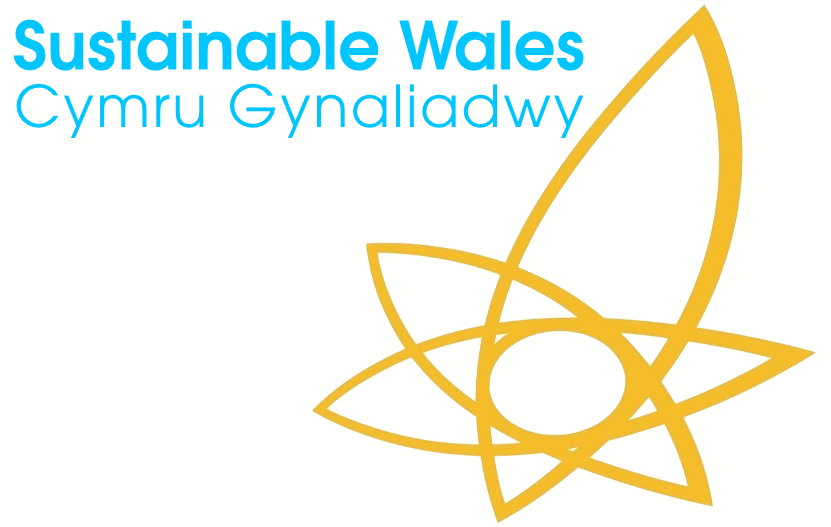Uskmouth Orchids
by Laura Wainwright
Uskmouth orchids are scrubland flares
scarce, I thought, but bold today
where the dust path drifts
past the power station,
the tallow tower of its chimney. Fluted?
I ask my architect father.
He adjusts his binoculars, Marsh…
no Reed Warbler, I think…
throat flowering
among lilac spires, mauve-flecked cairns
pylon wires, wood-wind canes
bands of sparrows,
the Levels’ overlaid plans
vanishing points in an upstairs window.
Wait…he says. We stop.
And I realise we have
waited almost forty years to come here
together, to this retreating edge –
where, at last, soft-tongued and rootless
a cuckoo,
that grey-winged orchid,
speaks.
Along the Severn-estuary shoreline of the Gwent Levels, archaeologists have discovered the footprints of ancient people, both adults and children. Buried for thousands of years under strata of mud and silt, the footprints are temporarily revealed and then erased again by the tide.
I’ve never seen them – the mudflats are treacherous, braved only by local fishermen – but my own children and I have added our own, invisibly, on sounder ground.
We listen for the drone of electricity in the wires near the Uskmouth B and Severn Power Stations; inhale the salty, slightly fetid air; seek glimpses of insects, birds and the Flat Holm lighthouse out at sea, shaky through our binoculars. Perhaps the years will erode these experiences, like those traces of the ancient people of this area. But the landscape has left its fossilised impression on my mind.
For me, as a child, the Gwent Levels around Newport felt like a landscape viewed through binoculars: intimate, almost touchable, and yet simultaneously removed, dissociated. We lived in a converted nineteenth-century barn (homely but quirkily unfinished, even now) which looked out over a small wood and the flat fields and reens of the Gwent Levels to the Severn Estuary and the coast of England, smudged on the horizon.
My parents always said that if we could see the white houses across the water in Somerset it was going to rain – a reliable proverb that I still like to use today. My English parents – my father grew up in Sussex, my mother in Dorset – moved to Wales in the late 1970s. My father won an architectural competition where the prize was a trip to Mexico City.
While in Mexico he met a Welsh architect who offered him a job at his practice in Cardiff. I was born in Cardiff and lived there until I was four. During these early years and beyond, my mother and I spent extended periods with my grandparents in England – longer during the barn’s restoration, when my father stayed in a caravan on site.
When our house was habitable, I looked out from my bedroom window across the Levels through grey-green drapes of rain, Uskmouth just visible, delineated by lights at night. When my father’s parents also moved to Newport, after my grandfather suffered a stroke, my grandmother took my sister and I blackberrying on the Levels at St Brides and Peterstone, and for walks along the seawall.
That wall, with its cautionary orange-lichen patina, now seems like an appropriate metaphor. It was part of an environment and a landscape that had a distinctive beauty, a mystique, and yet a remoteness or inaccessibility that I now realise I also attached to Wales (or at least what I knew of Wales) as a whole.
I learned little about Newport, the Gwent Levels and valleys, or about Welsh history and culture in primary school and during my unhappy years at comprehensive school. It was only when I studied Welsh writing in English, during my MA at Cardiff University, and discovered more about the literatures and culture of Wales, that I began to see my home afresh and the Gwent Levels, as it were, with the naked eye – to feel some sense of history and belonging, to uncover the drowned footprints in the mud.
Perhaps this explains why I am so interested in local histories and so determined that my own children feel rooted in, or at least experience some connection, with Newport and with Wales and Welsh culture more broadly. This is, I am sure, in part, why I am so proud that they attend a Welsh-medium school in Newport, Ysgol Gymraeg Ifor Hael, in Bettws, named after Ifor ap Llywelyn of Bassaleg, chief sponsor of the poet, Dafydd ap Gwilym, who features in his poetry.
Bassaleg – pronounced ‘bazeleg’, the Newport way – where I went to comprehensive school, a misfit child, all those years ago. And it is also why, perhaps, I memorialised in a poem that moment at Uskmouth, for the first time with my bird-loving father; all of us halted and soundless on the Gwent Levels, as y gwcw, y gog, a cuckoo – a bird neither my sons nor I had ever heard in the wild before – seemed, somehow, to greet us.



